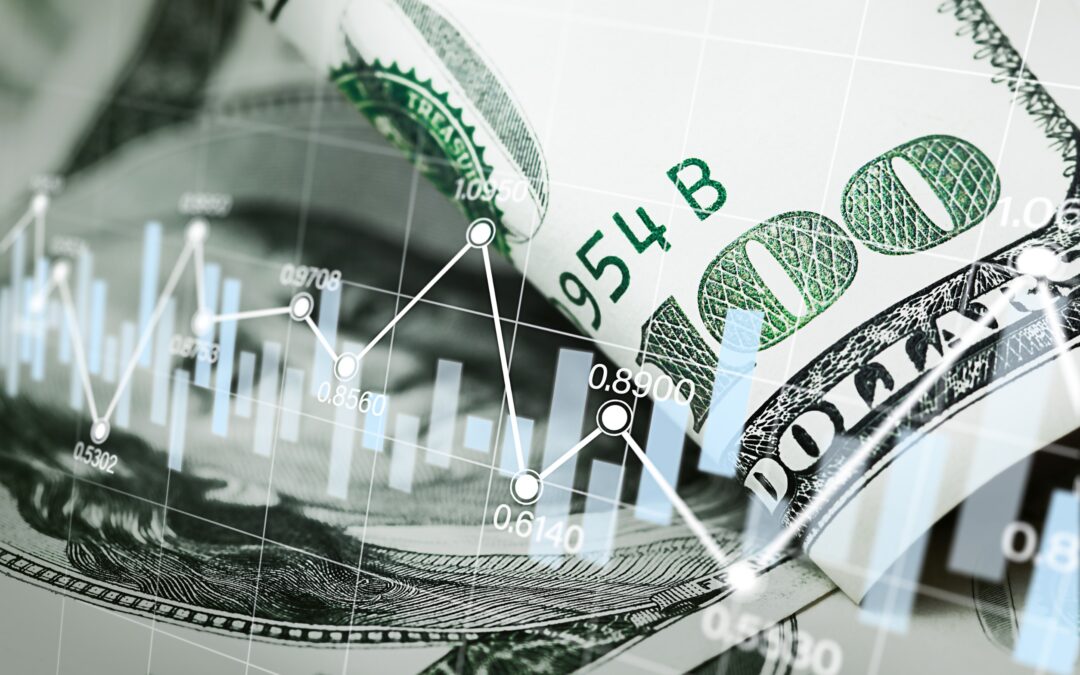For April, the NASDAQ finished positive 0.37% and sits positive year-to-date 16.92%. The S&P 500 was positive 1.39% is positive year-to-date 8.91% while the Dow gained 1.84% and is up 3.24% year-to-date.
The Federal Reserve reported in April that the M2 measure of the money supply dropped 1.2% in March and is down at a 6.1% annualized rate from the peak in July. Not only have we never experienced a Fed trying to fight an inflation problem under an abundant reserve regime, we’ve never seen M2 grow so fast for so long, or decline so rapidly, at least since the Great Depression. If the recent data are accurate, this is not a good sign for Real GDP growth in the year ahead and consistent with our view that we’re headed for a recession.
I could write a dissertation on the recent bank failures, but I’ll spare you the bloody details. However, I reviewed the balance sheet mechanics and the combination of (a) the Fed’s yield curve manipulation, monetary expansion, and inflation blunder, (b) poor asset-liability and duration decisions by some banks and (c) over-concentration by depositors ignoring FDIC guarantee limits which got us to where we are. The only thing I will add – given “collective responsibility” rules under which existing large banks are on the hook for any losses incurred by the FDIC as it dismantles failed ones, large banks have economic incentives to throw lifelines to unviable banks that they might otherwise not throw. I am not sure that this kind of rescue is such a great idea for reducing contagion, but we will see.
I will address the dollar reserve currency issue since clients ask about it. Looking at the big picture is important to avoid being overly influenced by individual anecdotes about countries adopting the Chinese RMB or other currencies for trading and settlement purposes. De-dollarization is a hot topic, but there is more smoke than fire.
The dollar’s role in foreign exchange markets is mostly unchanged over the last 20+ years; in 2022 the dollar accounted for ~89% of all FX transactions. In other words, the dollar was involved on one side or the other in 89% of all global transactions. The dollar’s average turnover per day was $6.6 trillion in 2022, up 14% from $5.8 trillion in 2019 and in line with the change in total turnover. In addition to dominating the spot market, the dollar also dominates 85% of currency forward and swap markets. The RMB share has grown but is still not significant.
Part of the reason for the dollar’s dominance in foreign exchange: its use as a medium of exchange in trade and international finance. Around half of all cross-border loans and international debt securities are denominated in dollars. For 65% of all global loan issuance and 88% of all international debt issuance, non-US entities are the issuer/borrower; that is a clear demonstration of the dollar’s dominance in international finance. The dollar is also used for around half of all trade invoicing, much higher than the dollar’s 12% share in global trade.
Check out my monthly MarketWatch blog at: http://wcmtexas.com/marketwatch
Have a question? Let me know! Email me at kcompton@wcmtexas.com.

